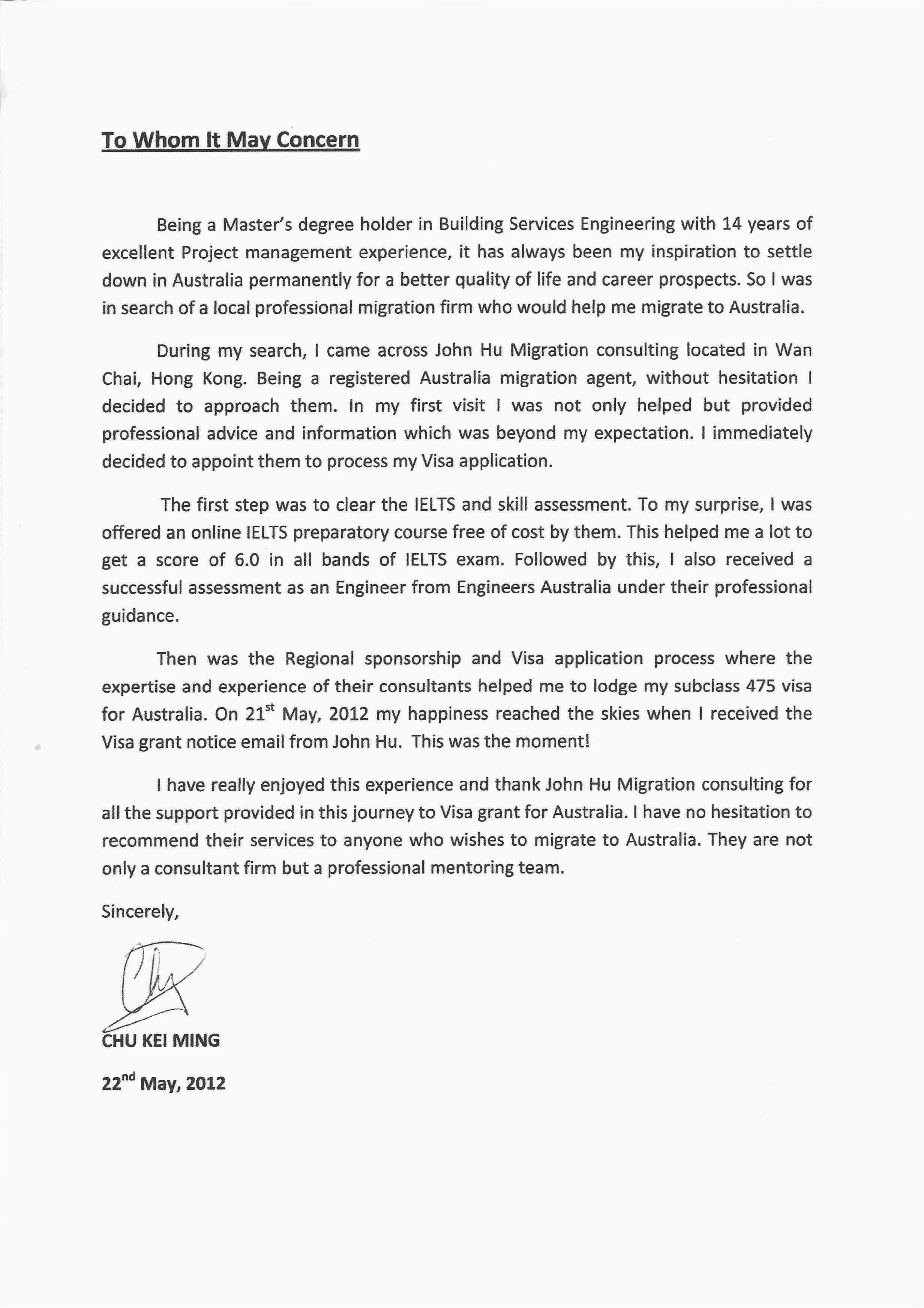Cover Letter Emails Get the Job NOW!
In today’s competitive job market, a well-crafted cover letter email can significantly increase your chances of landing an interview. A cover letter email is your first impression, a digital handshake that introduces you to a potential employer. It’s a crucial element in your job application strategy, and it needs to be executed flawlessly. This guide will help you craft cover letter emails that get noticed, get you interviews, and ultimately, get you the job you want. Understanding the nuances of cover letter emails is essential in the modern job search, where making a strong first impression can set you apart from the crowd. By following these guidelines, you can transform your cover letter emails from generic messages into compelling introductions that highlight your unique skills and experiences.
Why Cover Letter Emails Matter
The importance of a cover letter email cannot be overstated. It’s not just about attaching a document; it’s about providing context, demonstrating your interest, and showcasing your personality. A well-written email allows you to tailor your message to the specific job and company, making it clear why you’re a perfect fit. It’s an opportunity to tell your story, to explain why you’re excited about the role, and to make a personal connection before you even get to the interview stage. This personal touch is what separates you from other applicants, making you memorable and increasing your chances of success. Furthermore, cover letter emails are an essential part of professional communication.
The Purpose of a Cover Letter Email
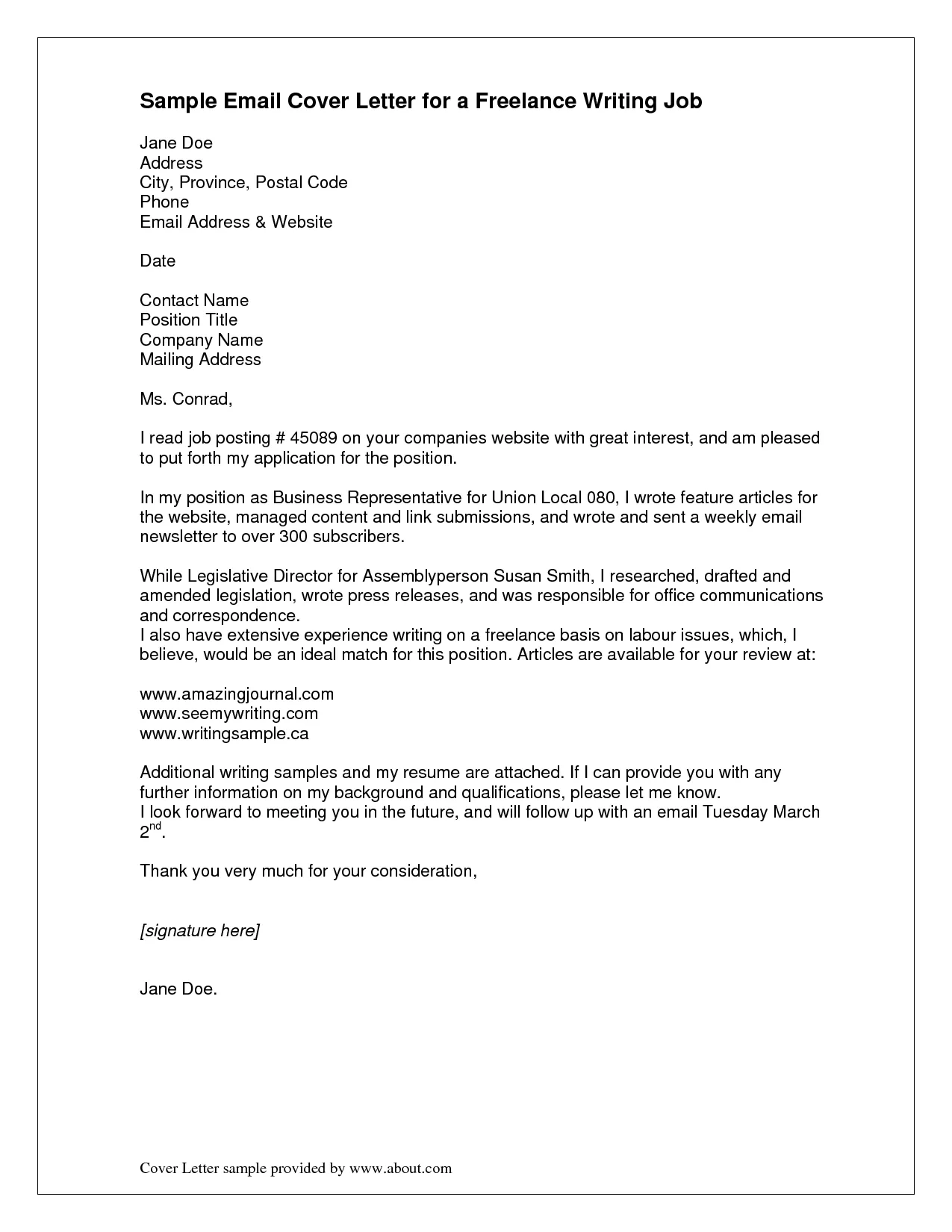
The primary purpose of a cover letter email is to introduce yourself, express your interest in a specific position, and encourage the hiring manager to review your attached resume and cover letter. It’s a brief yet impactful communication tool designed to make a strong first impression. This email serves as a gateway, providing a preview of your skills and qualifications, and making the recipient eager to learn more. The goal is to capture their attention, demonstrating that you’ve researched the company and understand the role, making you a candidate worth considering. Therefore, your email must be clear, concise, and compelling, showcasing your ability to communicate effectively.
Why a Cover Letter is Crucial
While your resume provides a summary of your skills and experience, your cover letter allows you to provide context and showcase your personality. It’s your chance to explain why you’re interested in the specific role, highlight the skills and experiences most relevant to the job, and demonstrate your understanding of the company’s needs. It gives you the opportunity to make a personal connection with the hiring manager, making you more than just a list of qualifications. The cover letter also lets you address any potential gaps in your resume or explain any career transitions. Without it, you risk being seen as just another applicant, missing the chance to stand out and express your enthusiasm for the opportunity. A cover letter will help you articulate and emphasize your key strengths.
Key Elements of a Cover Letter Email
A successful cover letter email consists of several key elements, each contributing to its overall effectiveness. From a captivating subject line to a concise and compelling body, every part of your email must be carefully crafted. Attention to detail in these components will significantly impact whether your application gets noticed and considered. The following sections break down each of the elements, offering practical tips for crafting a winning cover letter email. By mastering these elements, you’ll significantly improve your chances of securing an interview.
Subject Line: Make it Catchy
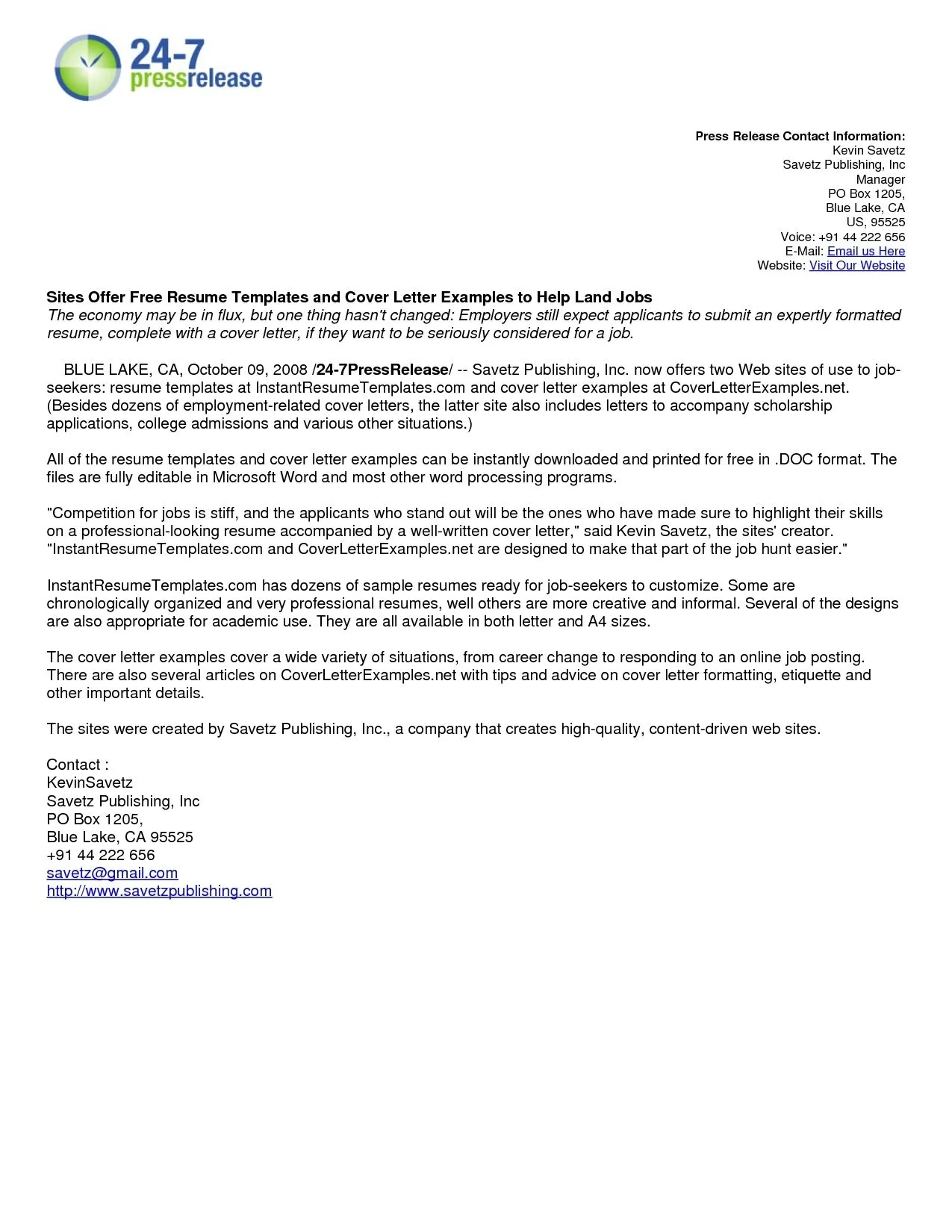
Your subject line is the first thing the hiring manager sees, making it the most crucial element in your email. A compelling subject line grabs attention and encourages the recipient to open your email. Avoid generic phrases like ‘Job Application.’ Instead, personalize it by including the job title and your name. For example, “Application for Marketing Manager - [Your Name].” Or, consider using action-oriented subject lines that create curiosity, such as “Enthusiastic Marketing Professional Seeking Opportunity.” The subject line should be concise, clear, and relevant to the job you’re applying for. A well-crafted subject line is your first step in getting your email read.
Formatting Your Email
Proper formatting ensures your email is easy to read and professional. Use a clean, simple font like Arial or Times New Roman, and keep the font size between 10 and 12 points. Ensure there is clear spacing between paragraphs, and avoid large blocks of text. Use bullet points to highlight key skills or experiences and to break up text. Proofread carefully for any grammatical errors or typos. Maintain a professional tone throughout your email, avoiding slang or overly casual language. Proper formatting demonstrates that you value professionalism and attention to detail, both crucial qualities employers look for in a candidate.
Email Body Structure
The email body should be structured logically, including an opening paragraph, a section highlighting your skills and experiences, and a closing paragraph with a call to action. Each section must be concise and focused. This structure makes it easier for the recipient to quickly understand your qualifications and why you’re a good fit for the job. The body should reflect your personality while maintaining a professional tone. Breaking down your content into smaller, digestible chunks will improve readability. A well-structured email body makes your message easier to follow and increases your chances of making a positive impression.
Opening Paragraph: Grab Attention
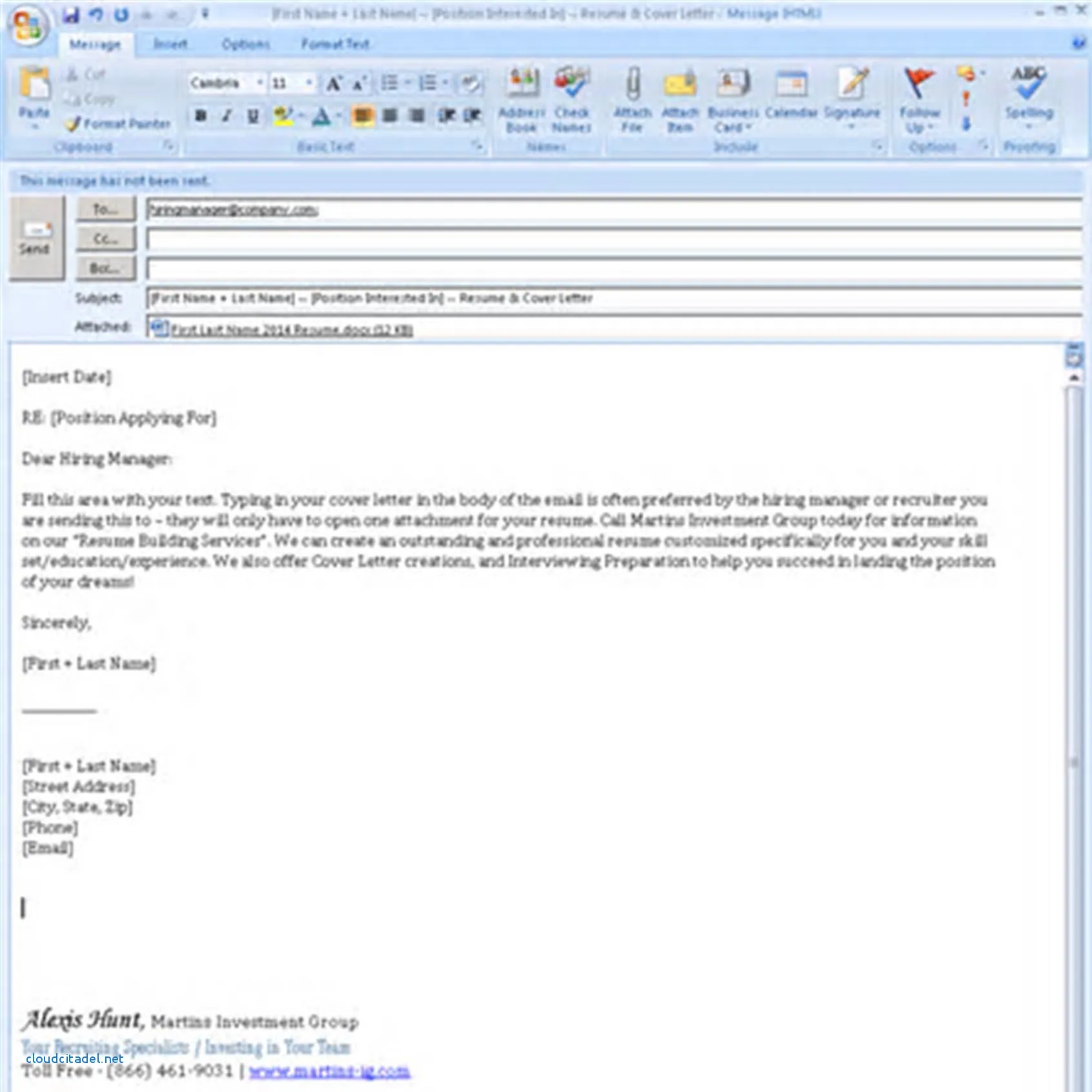
Your opening paragraph should immediately capture the reader’s attention. Start by stating the position you’re applying for and where you found the job posting. Show your enthusiasm for the role and the company. If you have a personal connection or referral, mention it briefly. This is your chance to make a positive first impression, so focus on why you are interested in the opportunity. Keep it brief, but convey your enthusiasm. A strong opening paragraph sets the tone for the rest of the email, encouraging the reader to continue reading and learn more about your qualifications. It should make it clear that you understand what the company is looking for.
Highlighting Your Skills and Experiences
In this section, highlight the skills and experiences most relevant to the job. Provide specific examples of how your skills align with the requirements listed in the job description. Focus on your achievements and quantify them whenever possible. Use action verbs to describe your accomplishments. For example, instead of writing “Managed projects,” write “Successfully managed five projects, resulting in a 15% increase in efficiency.” Keep it concise and focused, demonstrating your understanding of the job’s requirements. Tailor this section to each job application, ensuring the highlighted skills and experiences align with what the employer is looking for.
Closing Paragraph: Call to Action
The closing paragraph should reiterate your interest in the position and include a call to action. Thank the hiring manager for their time and consideration. Express your eagerness for an interview and suggest a time when you’re available for a call. Make it easy for them to contact you by including your phone number and email address again. A strong call to action shows that you’re proactive and enthusiastic. Your closing paragraph should leave a positive final impression, encouraging the hiring manager to take the next step and reach out to you.
Attaching Your Cover Letter and Resume
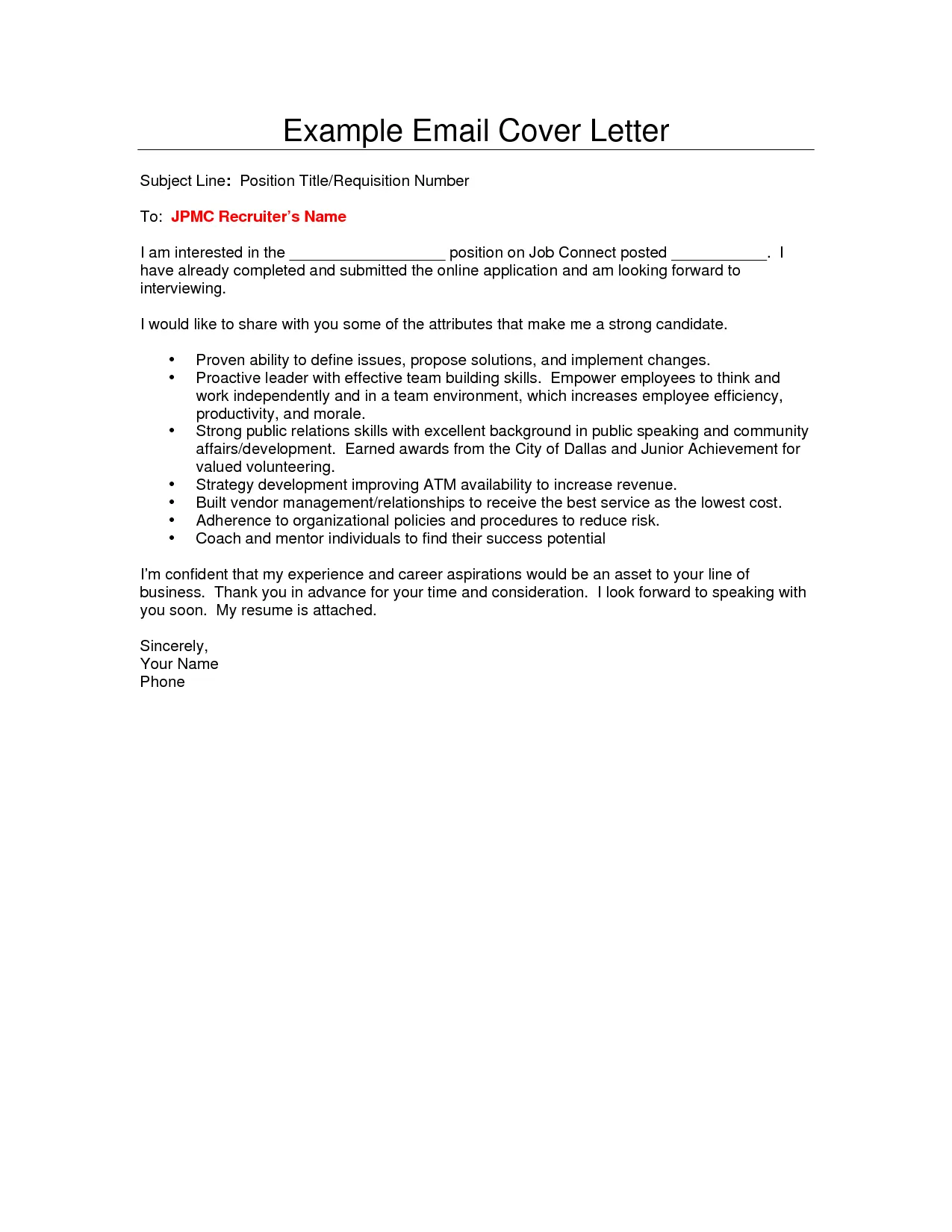
Carefully attach your cover letter and resume as separate files. Ensure that both documents are in a professional format, such as PDF, to maintain formatting consistency across different devices. Always double-check that you’ve attached the correct files before sending your email. Make sure that the documents are easy to access and open. Attaching the necessary documents is crucial to providing the hiring manager with all the necessary information about your qualifications, which enhances your chances of getting to the next stage of the hiring process.
File Naming Conventions
Use clear and professional file names. Name your files using your name and the document type, such as “[Your Name] - Cover Letter.pdf” and “[Your Name] - Resume.pdf.” This helps the hiring manager easily identify your documents. Avoid using generic names, and ensure that your file names are consistent with the professionalism of your application. Consistent file naming enhances organization and streamlines the review process for recruiters and hiring managers.
Email Signature Best Practices
Include a professional email signature with your full name, phone number, email address, and LinkedIn profile URL, if you have one. Your signature should be consistent with your resume and cover letter. Ensure that all your contact information is up-to-date and accurate. Consider including a professional headshot or a link to your online portfolio, if relevant. A well-crafted email signature allows the recipient to easily contact you and gives a concise summary of your professional brand. A professional signature adds a layer of credibility.
Review and Proofread Before Sending
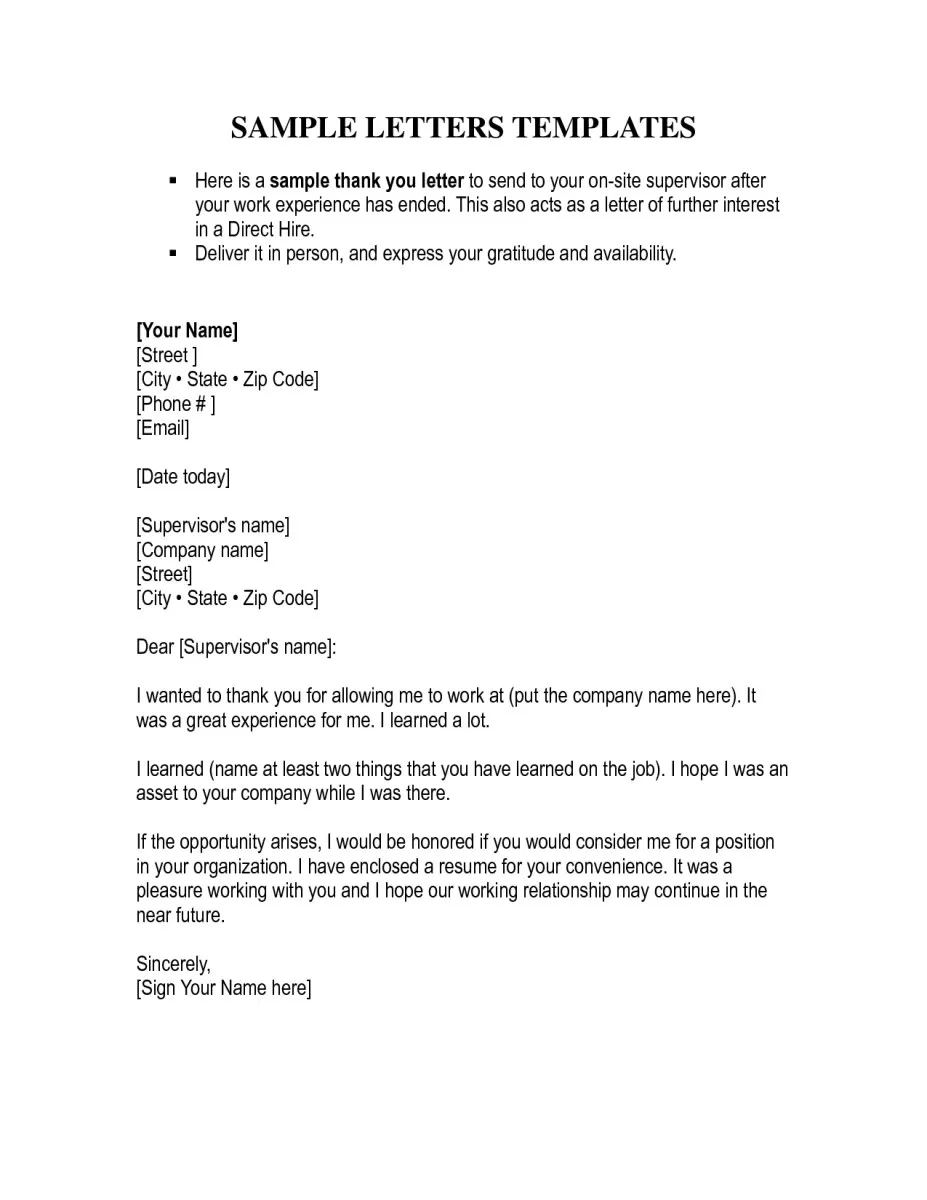
Before sending, thoroughly review your email. Check for any grammatical errors, typos, and formatting issues. Read the email aloud to ensure it flows smoothly and makes sense. Ensure that you’ve attached all the necessary documents and that the recipient’s email address is correct. Proofreading demonstrates your attention to detail and professionalism. Asking a friend or colleague to proofread your email is also a good idea. Taking the time to proofread increases the chances that you make a good impression and increases your chances of getting an interview.
Common Mistakes to Avoid
Avoiding common mistakes is critical for a successful cover letter email. These mistakes can undermine your application and diminish your chances of getting an interview. By being aware of these pitfalls, you can ensure that your email is polished and professional, and that you present yourself in the best possible light.
Grammar and Spelling Errors
Grammatical errors and spelling mistakes can immediately damage your credibility. Always proofread your email carefully before sending it. Use a grammar checker and spell checker. Reading your email aloud is also an effective way to catch mistakes. Ensure that your punctuation is correct, and the writing is clear and concise. Proofreading and grammar checks are essential in demonstrating your attention to detail and professionalism.
Generic and Uninspired Content
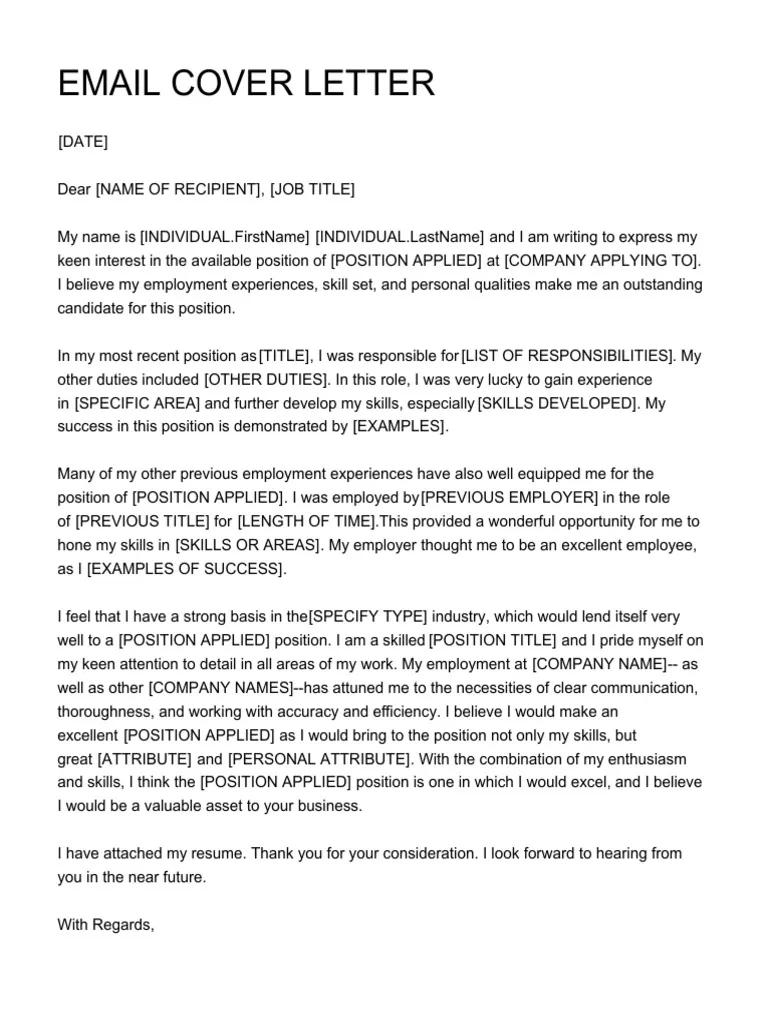
Avoid sending generic emails that could be sent to any company. Tailor each email to the specific job and company. Show that you’ve researched the company and understand the role. Highlight specific skills and experiences that align with the job requirements. Generic emails don’t show your genuine interest, and are often quickly discarded. By personalizing your email, you demonstrate that you’re serious about the opportunity.
Sending to the Wrong Person
Always verify the correct recipient’s name and email address. Sending your email to the wrong person can damage your chances, as it shows a lack of attention to detail. Research the hiring manager’s name and use it in your email. If you’re unsure who the hiring manager is, try to find the right contact information via the company website or LinkedIn. Addressing your email to the appropriate person makes your application more personal and increases your chances of success.
Best Practices for Different Job Applications
The approach to crafting cover letter emails may vary depending on the type of job application. Tailoring your approach to each type of application ensures that your email is as effective as possible. Whether you are applying for a specific role, networking, or conducting a cold outreach, your cover letter email should be adjusted to fit the specific context.
Applying for a Specific Job Posting
When applying for a specific job posting, carefully review the job description and tailor your cover letter email to match the requirements. Highlight relevant skills and experiences and use keywords from the job description. Explain how your qualifications align with the role. Express your enthusiasm for the specific opportunity and the company. This targeted approach increases your chances of standing out and getting an interview. Making sure to highlight your key accomplishments and demonstrate what you can bring to the role is crucial.
Sending a Cover Letter for Networking
When networking, your cover letter email should focus on building a connection and expressing your interest in learning more. Briefly introduce yourself and mention the person or event through which you made the connection. Clearly state your objective, whether you’re seeking advice, information, or an opportunity. Keep the tone conversational and sincere, and express your gratitude for their time and consideration. The main aim is to open a dialogue and foster a professional relationship. This shows a willingness to build connections.
Using a Cover Letter for Cold Outreach
In cold outreach, your cover letter email introduces you to a potential employer even when there isn’t a specific job opening. Research the company and identify a contact, if possible. Briefly explain your interest in the company and highlight your relevant skills and experience. Include a compelling reason why you’re reaching out. Keep the email concise and show that you can offer something valuable. Your main objective is to get the employer’s attention and create an opening for future conversations. This method requires a proactive and enthusiastic approach.
Tips for Writing a Strong Cover Letter Email
Several strategies can help you write a strong cover letter email, increasing your chances of getting noticed. Focus on tailoring your email, using keywords effectively, and showcasing your personality. The following tips will help you to create a compelling email that leaves a lasting impression.
Tailoring Your Email to Each Application
Customizing each cover letter email is essential. Avoid using a generic template. Take the time to research the company and the specific job. Highlight the skills and experiences that align with the job description. Show that you understand the company’s needs and can offer specific value. Tailoring your email shows that you’re genuinely interested and have taken the time to understand the role and company.
Using Keywords Effectively
Incorporate keywords from the job description into your cover letter email. Use these keywords naturally, demonstrating your understanding of the job requirements. Doing this helps your email pass through applicant tracking systems and catch the hiring manager’s attention. But, avoid stuffing your email with keywords. Instead, focus on integrating them organically within the text, demonstrating a clear understanding of the role.
Showcasing Your Personality
While maintaining professionalism, allow your personality to shine through. Use a friendly tone and write in a way that reflects your unique voice. Share your enthusiasm for the role and the company. Your personality helps the hiring manager get a sense of who you are as a person. Let your genuine personality shine through, making your email memorable and demonstrating your genuine interest in the opportunity.
In conclusion, a well-crafted cover letter email is a powerful tool in your job search. It’s your chance to make a strong first impression, demonstrate your interest, and showcase your qualifications. By following these tips, you can craft emails that get you noticed, get you interviews, and ultimately, help you land the job. Remember to always tailor your email to each application, proofread carefully, and let your personality shine through. Good luck with your job search!
